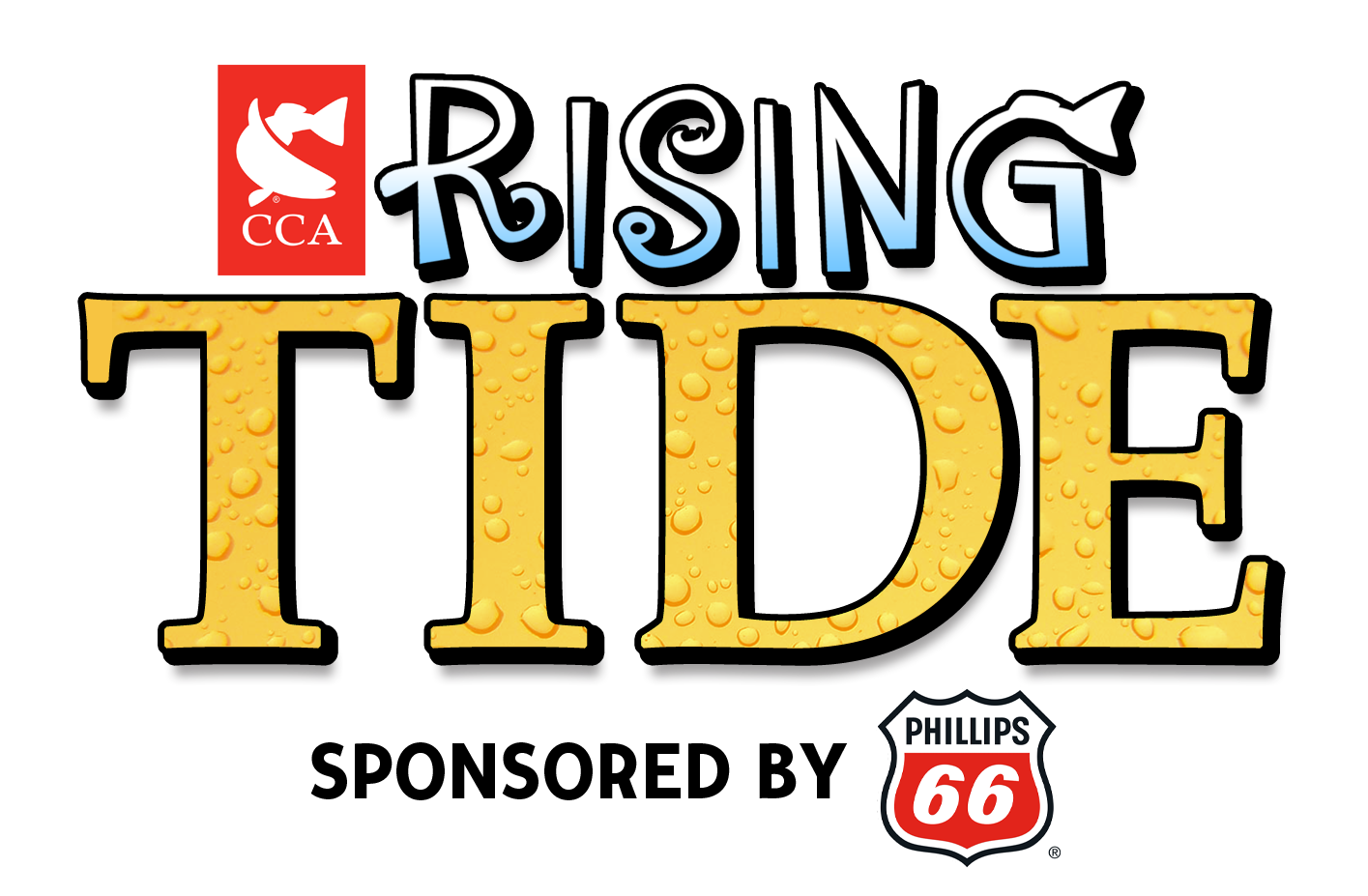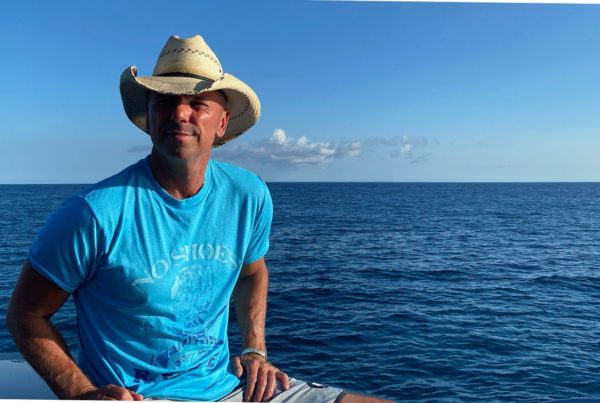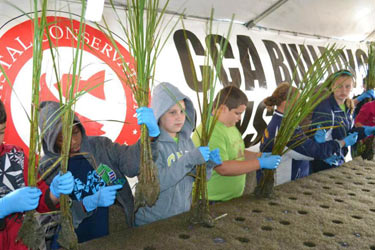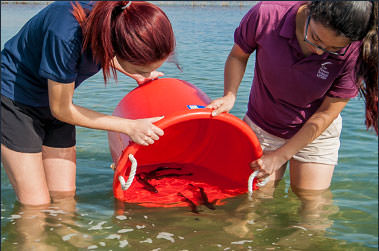What began as a community project designed to play a role in habitat restoration, has grown to engaging more than 1000 students across the state in habitat restoration STEM activities. Students begin by learning in the classroom the history of the Chesapeake eastern oyster and the important role they can play in restoration. Then, these classes get their hands dirty by constructing concrete reef balls that are later seeded with oyster spat and placed on the reef as a partner in CCA’s Living Reef Action Campaign.
Thanks to cooperative efforts from the Chesapeake Bay Foundation Oyster Restoration Center and Maryland DNR’s Artificial Reef Program (MARI), BCT and CCA were able to begin construction on the Tilghman Island Reef Site on July 28th, 2016. The partners deployed 72 reef balls that were all seeded with oyster spat. Through CCA’s research partnership with Stevenson University School of Science, Dr. Keith Johnson has created a monitoring program for the new artificial reef located just west of Tilghman Island.
This reef ball was seeded with oyster spat two week prior to deployment. The photo illustrates how fast thousands of oysters have taken to their new habitat. Along with 71 other reef balls, they were loaded aboard the CBF’s Patricia Campbell and taken to their new home on the Tilghman Island reef site.
This October, Dr. Johnson along with Brad King, owner of the Kent Island Scuba Company, made the first of what will be many dives on the reef to look at oyster growth, survival, and fish usage of the reef. Dr. Johnson estimated there were as many as 2000 new oysters per reef ball at seeded at deployment time. Three months later, the reef balls are covered in life!
The reef balls are now home to thousands of baby oysters and all types of marine invertebrate filter feeders (Ascidians or Sea Siphons). If you look closely in the pictures above, you can see that blue crabs are also using the reef as habitat. During the dive, a school of striped bass cruised by the divers.
The reef is quickly increasing in biomass, helping to filter the water of the Chesapeake while also providing a habitat for all those amazing creatures!
For more information on how you can become involved or support CCA’s Living Reef Action Campaign, contact Rick Elyar at relyar@ccamd.org.




